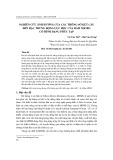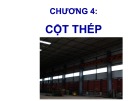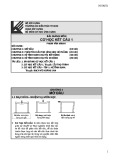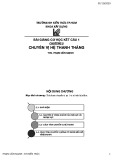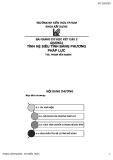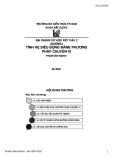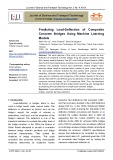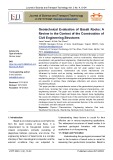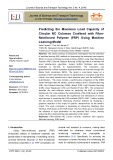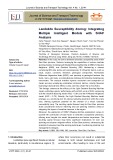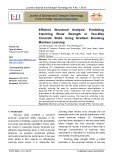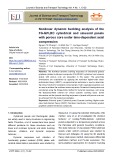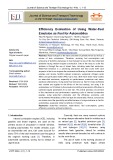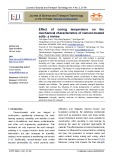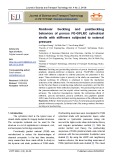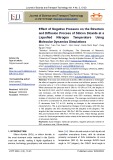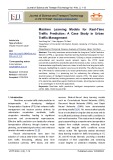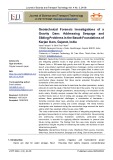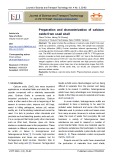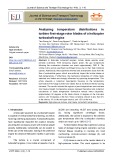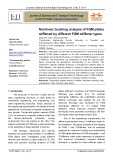
Journal of Science and Transport Technology Vol. 3 No. 2, 19-25
Journal of Science and Transport Technology
Journal homepage: https://jstt.vn/index.php/en
JSTT 2023, 3 (2), 19-25
Published online 30/06/2023
Article info
Type of article:
Original research paper
DOI:
https://doi.org/10.58845/jstt.utt.2
023.en.3.2.19-25
*Corresponding author:
E-mail address:
nguyenthiphuong@tdtu.edu.vn
Received: 08/05/2023
Revised: 26/06/2023
Accepted: 28/06/2023
Nonlinear buckling responses of radially
pressured FG-GPLRC toroidal shell
segments
Luu Ngoc Quang1, Nguyen Thi Phuong2,3*
1Faculty of Civil Engineering, University of Transport Technology, Hanoi
10000, Vietnam
2Computational Laboratory for Advanced Materials and Structures, Advanced
Institute of Materials Science, Ton Duc Thang University, Ho Chi Minh City
70000, Vietnam
3Faculty of Civil Engineering, Ton Duc Thang University, Ho Chi Minh City
70000, Vietnam
Abstract: An analytical approach for nonlinear buckling of functionally graded
graphene platelet reinforced composite toroidal shell segments is presented in
this paper. The Ritz energy procedure is executed, and radial pressure–
deflection expression is constituted to obtain the postbuckling strength and
critical buckling pressure of the shells. Significant influences on the buckling
responses of shells with three different material distribution rules and mass
fractions of graphene platelet, and geometrical dimensions are exemplified and
in numerical examples.
Keywords: Nonlinear buckling, Toroidal shell segment, FG-GPLRC, Radially
pressured shell, Ritz energy method.
1. Introduction
Functionally graded materials (FGMs) are
new kinds of composites with outstanding thermo-
mechanic parameters which change continuously
and smoothly through the thickness of the
structures. In the last decade, studies on the
mechanical responses of FGM cylindrical shells
have been a common subject. A lot of reports focus
on the investigations of the mechanical responses
of cylindrical shells made by FGM. Shen and Noda
[1] and Shen et al. [2] investigated the postbuckling
behavior of FGM hybrid [1] and FGM [2] higher-
order shear deformable cylindrical shells under
radially external [1] and internal pressures [2] using
the perturbation method. The linear buckling
responses of FGM cylindrical shells subjected to
axially and radially combined compression were
also investigated [3]. By using the shear
deformation theories, Sofiyev and Hui [4]
presented the investigations of the vibration and
buckling of FGM cylindrical shells under radial
pressure with mixed boundary conditions. Phuong
et al. [5] and Nam et al. [6] developed an improved
Lekhnitskii’s technique for spiral FGM stiffeners
and investigated the nonlinear buckling responses
of spirally stiffened cylindrical shells under torsional
loads and radial pressure, respectively.
With their transcendent material parameters,
nanocomposites have attracted significant
attention from a number of authors in the world.
Two typical nanocomposites are functionally
graded carbon nanotube-reinforced composites
(FG-CNTRCs), and functionally graded graphene
platelet reinforced composites (FG-GPLRCs).





